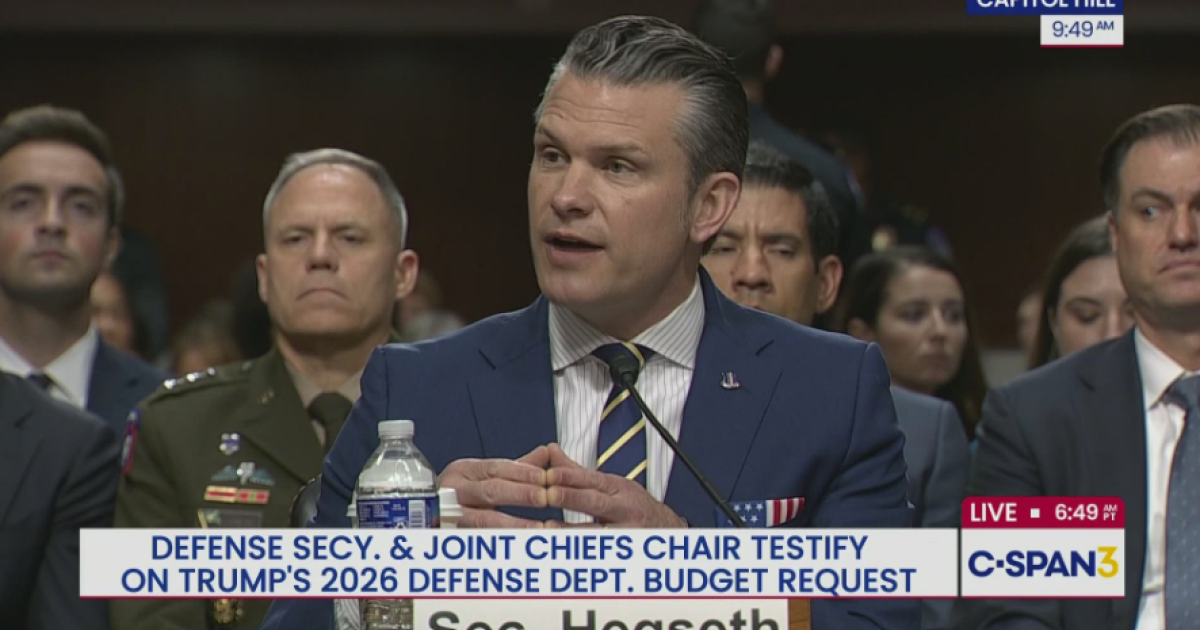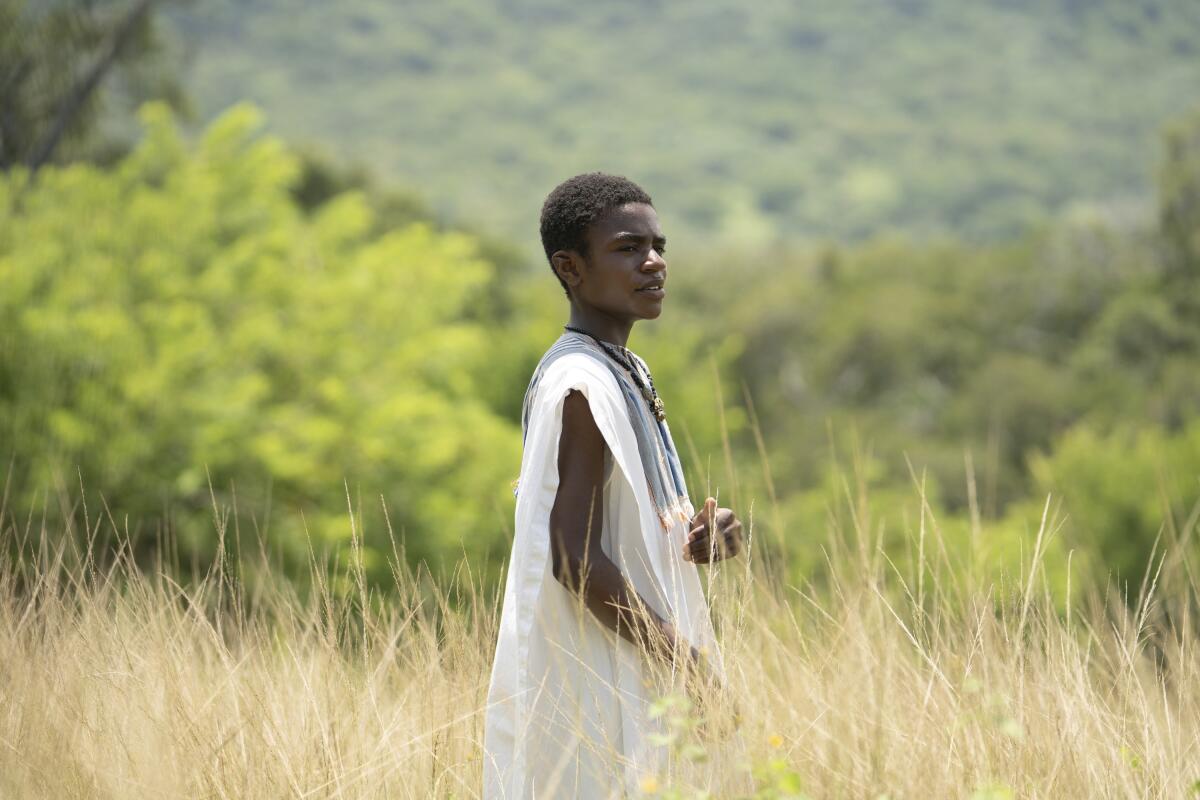Canadian novelist Esi Edugyan’s “Washington Black,” a prizewinning story of race, romance, friendship and identity set in the early 19th century, has been translated by Selwyn Seyfu Hinds and Kimberly Ann Harrison into a Hulu miniseries. Unsurprisingly, it plays more like a miniseries than a novel, amplifying the action, the drama and the romance; beefing up lesser characters; drawing lines under, after all, valid points about prejudice, inequality and injustice; and dressing it up with Hollywood musical cues. Taking the show as a sometimes fantastic historical adventure, those aren’t bad things, but, unlike the book, subtlety is not the series’ strong suit.
Written in the first person, the novel proceeds chronologically, while the series, which follows other, sometimes added characters into interpolated storylines, switches between 1830 — when our hero, George Washington Black, called Wash, is 11 years old and enslaved on a Barbados sugar plantation — and 1837, when he lives as a free young man in Halifax, Nova Scotia, drawing beautiful pictures and designing a before-its-time airship. (For the benefit of American viewers wondering why we’re in Halifax, opening narration helpfully identifies it as the last stop on the Underground Railroad.)
The split timeline does make Entertainment Sense. We don’t have to wait around for young Wash (Eddie Karanja) to grow up into older Wash (Ernest Kingsley Jr.), and we are immediately introduced to Tanna Goff (Iola Evans), arriving from London with her father (Rupert Graves) for a “fresh start.” (There was a scandal back in Britain.) Unbeknownst to Tanna, her father plans to marry her off to a young Canadian bigwig (Edward Bluemel), for what he believes is her own security. This is new, if very familiar, material.
Wash and Tanna meet-cute at the docks where he works, when based on her skin, he mistakes her for a servant — she’s been passing for white, but he (and we) recognize her as a person of color. (Melanesian, to be exact.) In the coming days, he’ll contrive to meet her here and there, until they get friendly, and friendlier. Like Wash, she’ll be a voice for living free, “to be myself, to live in my own skin.” (“We’re both dreamers,” she muses. “Can’t we dream up a different world?”) Coincidentally, and not unfortunately, her papa is a marine biologist, the author of a book Wash, who has a keen interest in the subject, knows well. Wash’s gift for capturing the essence of living things on paper may prove useful to him.
1

2

1. Eddie Karanja plays young Wash in the series. (James Van Evers / Disney) 2. Sterling K. Brown, an executive producer, also stars. (Chris Reardon / Disney)
Meanwhile, if that’s the word, back in 1830, the future looks dim for young Wash under the harsh rule of plantation owner Erasmus Wilde (Julian Rhind-Tutt), a situation eased only by his beloved caring protector Big Kit (Shaunette Renée Wilson). (Ironically, the end of slavery throughout the British Empire was just around the corner.) One day, Erasmus’ brother Christopher (Tom Ellis), called Titch, arrives driving a giant steam-powered tractor for no practical reason other than to announce him as a somewhat eccentric inventor, like Caractacus Pott; but it provides a point of connection between Titch and Wash, who becomes his assistant. Another character who had to leave London, Titch plans to use an island hilltop to launch his “cloud cutter,” a flying machine that won’t exist in the real world for many years but which looks cool. (Steampunk is the applicable term.)
When an incident on the island threatens to paint Wash, wrongly, as a murderer, Titch takes him up, up and away in his beautiful balloon. It’s in the supercharged spirit of this adaptation that when they crash into a sailing ship, it should be full of pirates, and not merely pirates, but pirates who have stolen from the British a new sort of craft powered by a dynamo that looks heavy enough to sink it. This passage is crafted to show us a self-determined society, multiethnic and multigendered. When the pirates mutiny (bloodlessly), the new captain is a woman. They like Wash more than Titch, whom they throw in the brig, but they are nice, relatively speaking.
Titch is an avowed abolitionist who won’t use the sugar the plantation produces, and though we are called upon to note small hypocrisies or to question his motivations — is he trying to assuage his 19th century white liberal guilt even as he uses Wash to his own ends? — I will declare him sincere, if also a man of his time. The showrunners put him into a (very) brief debate with fierce figure from history Nat Turner (Jamie Hector), opposing Turner’s militarism against Titch’s less persuasive “reason, logic and the appeal to man’s better nature,” an argument suspended when Turner holds a knife to his throat. (Wash intercedes on his behalf; he is more than once his mentor’s protector.) It also adds a shot of American history into this Canadian story.
Sterling K. Brown, an executive producer, plays Medwin, a character much expanded from the novel, the unofficial mayor of the Black community who will swashbuckle in when a day needs to be saved. (There are bounty hunters from down south, looking for Wash; Billy Boyd, former Hobbit, is wonderfully creepy as Willard.) As to Wash, it’s not enough that he’s a gifted artist and scientist; the show introduces him as “a boy brave enough to change the world.”
The novel trots the globe, from Barbados to Virginia to Nova Scotia to the Arctic to London to Morocco, and besides the hot-air balloon, includes the invention of the public aquarium. Though only four episodes of the series were available to review, photos indicate that lands of snow and sand are indeed on the itinerary (not sure about the aquarium), and as a fan of 19th century globe-trotting adventures, I do remain eager to see what the series makes of them. Kingsley and Evans, in their blossoming love story and otherwise, are good company throughout.
Edugyan ends her book on a suspended chord, a note of mystery I don’t imagine will be definitive enough for the filmmakers. But we shall see.








